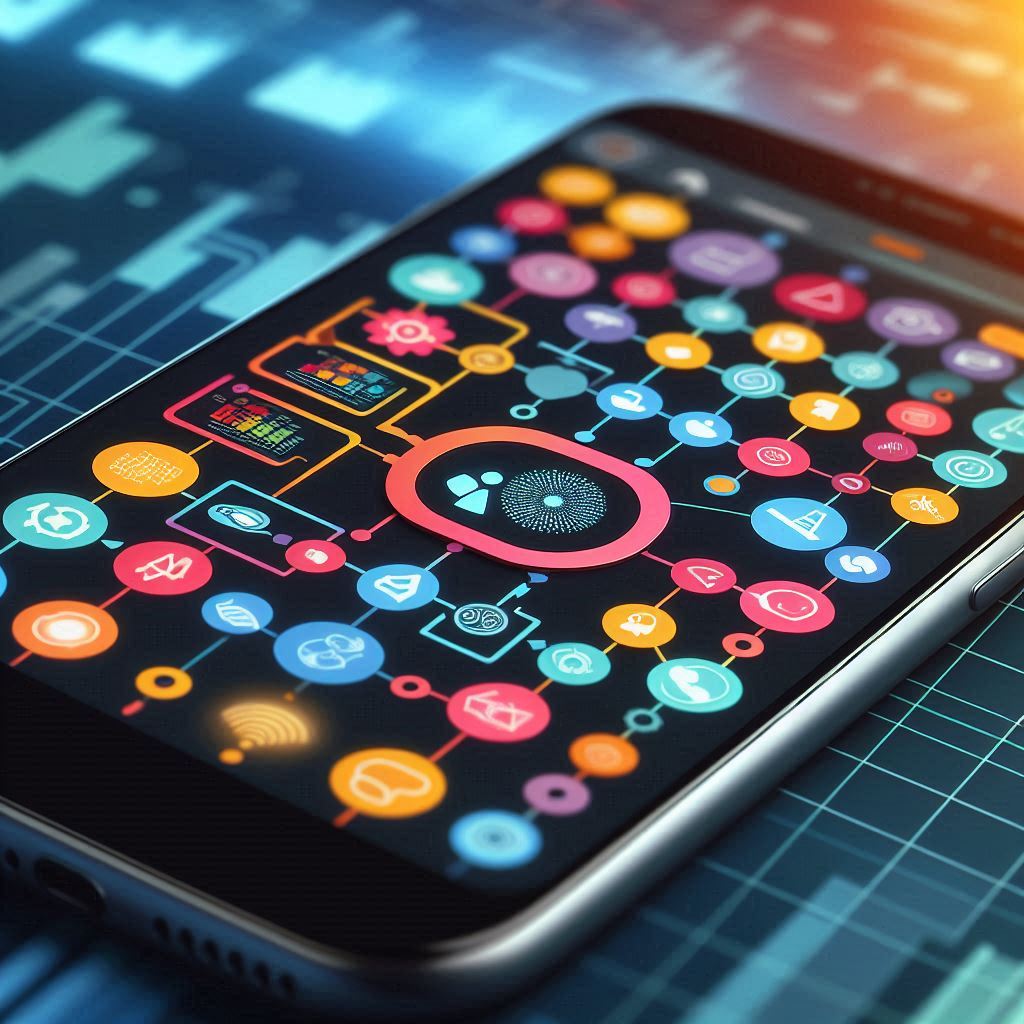Preparing for AI on Compact Devices: The Future of Mobile Apps
The rapid advancement of artificial intelligence (AI) has transformed various industries, and now it is making its way into our everyday devices. With the advent of models like Microsoft Phi-3 Vision, the potential for integrating AI into compact devices such as mobile phones is immense. This article explores how the current generation is preparing for AI, focusing on the application of advanced models in mobile apps and the development tools available for Android and iOS platforms.
Microsoft Phi-3 Vision: A Game Changer
Microsoft Phi-3 Vision is a breakthrough in AI technology, allowing for sophisticated visual processing and real-time object recognition. This model can be used in various applications, including augmented reality (AR), virtual reality (VR), and even filmmaking. By integrating Phi-3 Vision into mobile devices, developers can create apps that offer enhanced user experiences, such as improved camera functionalities, real-time language translation, and interactive gaming environments.
Other Advanced AI Models
- Google’s TensorFlow Lite
- Overview: TensorFlow Lite is an open-source deep learning framework for on-device inference. It is designed to run machine learning models on mobile and embedded devices.
- Applications: Image recognition, natural language processing, gesture recognition.
- Development Tools: Android and iOS SDKs, TensorFlow Lite Converter for model optimization.
- Apple’s Core ML
- Overview: Core ML is Apple’s machine learning framework, optimized for on-device performance. It supports a variety of model types, including deep learning, tree ensembles, and support vector machines.
- Applications: Face detection, text recognition, style transfer in photos.
- Development Tools: Xcode, Create ML for model training and deployment.
- Facebook’s PyTorch Mobile
- Overview: PyTorch Mobile enables the deployment of machine learning models on mobile devices. It focuses on providing the flexibility and ease of use of PyTorch while being lightweight for mobile environments.
- Applications: Speech recognition, recommendation systems, real-time analytics.
- Development Tools: PyTorch Mobile library, TorchScript for model serialization.
Utilizing AI in Mobile Apps
To leverage these AI models, developers can use various tools and frameworks to integrate AI functionalities into mobile apps. Here’s how:
- Android Development
- TensorFlow Lite: Android developers can use the TensorFlow Lite Android Support Library to load and run models. TensorFlow Lite Interpreter APIs allow for easy integration of machine learning models in apps.
- ML Kit: Google’s ML Kit provides a suite of APIs for common machine learning tasks, including text recognition, barcode scanning, and face detection.
- iOS Development
- Core ML: With Core ML, iOS developers can integrate trained machine learning models into their apps using Xcode. Core ML supports seamless model deployment and real-time processing capabilities.
- Vision Framework: Apple’s Vision framework works in conjunction with Core ML to provide powerful image analysis tools.
- Cross-Platform Development
- React Native: React Native bridges enable the use of TensorFlow Lite models in both Android and iOS apps. Libraries like react-native-tflite allow developers to load and run TensorFlow Lite models.
- Flutter: Google’s Flutter framework can be used to develop cross-platform apps with AI capabilities. The tflite_flutter plugin facilitates TensorFlow Lite model integration in Flutter apps.
Real-World Applications
- Healthcare: AI-powered mobile apps can assist in diagnosing medical conditions, monitoring health metrics, and providing personalized treatment recommendations.
- Finance: Financial apps can use AI to detect fraudulent activities, provide investment advice, and offer customer support through chatbots.
- Retail: Retail apps can leverage AI for personalized shopping experiences, inventory management, and augmented reality fitting rooms.
The integration of AI into compact devices like mobile phones is revolutionizing the way we interact with technology. With models like Microsoft Phi-3 Vision and tools such as TensorFlow Lite, Core ML, and PyTorch Mobile, developers have the resources to create intelligent, responsive, and innovative mobile applications. By utilizing cross-platform frameworks like React Native and Flutter, the development process becomes more efficient, allowing for broader reach and impact. As AI technology continues to advance, the potential for mobile apps to transform various sectors and enhance everyday life becomes increasingly promising.
